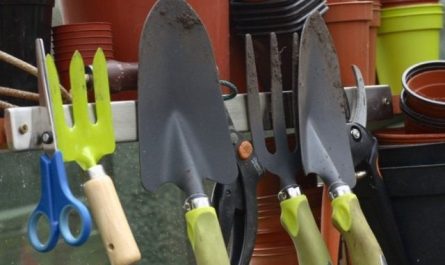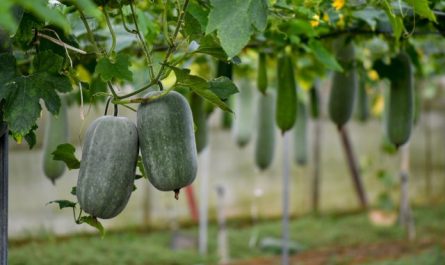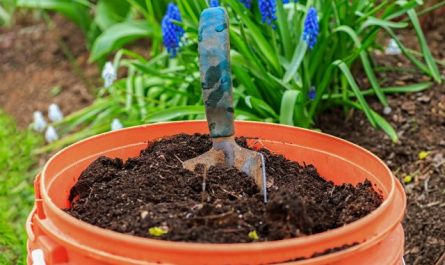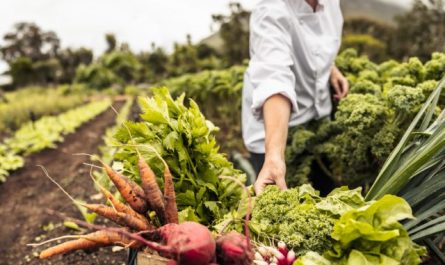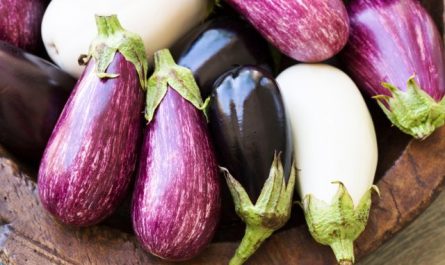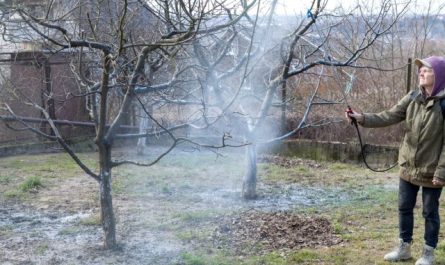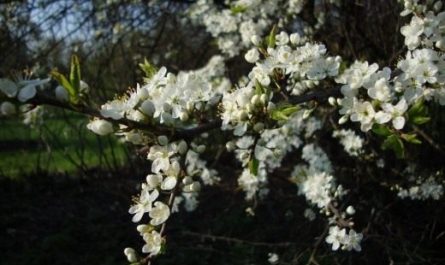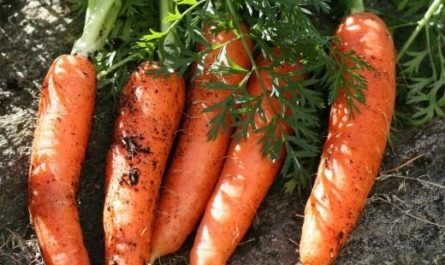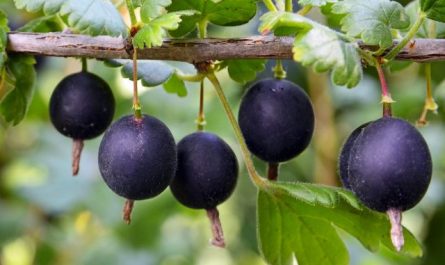As soon as the leaves begin to fall and the last harvest is collected, the most important time for every owner of an orchard begins. The health of the orchard and the quality of the future harvest depend on the quality and timeliness of autumn work that helps to properly prepare trees for winter. In the fall, you need to do more than just remove fallen leaves and windfalls and spray them on time. Fruit trees will also need moisture-charging watering, cleaning of trunks, and pruning. We will recall the rules for caring for fruit trees in the fall in this article.

1. Sanitary pruning
Fruit trees can be planted in autumn, but replenishing the collection is one of the main points in the plan of any gardener. Autumn is the best time to fight root shoots, remove wild plants and uproot old unproductive bushes and trees. There is no point in wasting time. It is better to do uprooting later, when real cold weather comes, but you can remove the shoots already in October.
Back in September (and for late apple varieties – in October), finishing the harvest, it is better to remove all the trapping belts from the trees. They should not be left on the site, but destroyed (burned) immediately.
Sanitary pruning in autumn is the main one for maintaining a healthy crown of the plant. All unproductive, inward-growing, weak, damaged branches and water sprouts are cut off after harvesting or before the first frost. Dried and diseased shoots are easier to notice before the leaves fall, but the rest are assessed after it. But it is better to carry out all sanitary pruning at the same time. All wounds, even seemingly small ones, should be carefully treated with garden pitch. If necessary, you can limit the height of the trunk or the length of the skeletal branches.
It is better to finish pruning the orchard before November, but it is possible later if the weather allows. After pruning, fruit trees should not be watered for at least a month, wisely planning fertilizing and moisture-charging irrigation.
2. Cleaning the barrels
In autumn, the bark of fruit trees needs to be cleaned. Otherwise, it will be simply impossible to keep it healthy. During autumn cleaning, cover the maximum possible area, cleaning the entire accessible surface at least on skeletal shoots and trunks. It is not difficult to carry out autumn cleaning on fruit trees:
- A thick cloth, film or tarpaulin is spread around the tree so that pieces of bark, moss and dirt do not fall to the ground. It would be a good idea to protect your hands and eyes, because the procedure of cleaning the bark is unpleasant and sometimes dangerous.
- Using a special scraper or metal brush, carefully and thoroughly clean the bark from loose particles, moss and lichen, acting carefully and trying not to cause new injuries to the bark.
- After each tree is cleared, the accumulated debris is collected and destroyed outside the site.
Cracks that appear in the bark are very dangerous not only because of the risk of infection with fungal diseases, but also because insects can settle in them. Treatment of wounds and detection of injuries is one of the main goals of autumn tree cleaning. Cracks and other damage to the bark are carefully protected by treating the exposed tissues first with a fungicide, and then with garden pitch or special preparations-pastes for protecting fruit trees. If hollows are found on the trees, they also need to be carefully treated and sealed.

3. Whitewashing of tree trunks
After cleaning, it is time for autumn whitewashing. It is no less important than spring whitewashing, and often much more functional. Whitewashing is needed not only to destroy bacteria and spores, but also to protect the bark from the dangerous winter sun. It can only be replaced by wrapping the trunk with a special protective fiber or several layers of paper. On young trees, you need to take care not only of frost cracks, but also to protect the trunks and skeletal shoots from rodents and hares (with a net, reeds, spruce branches, roofing felt, etc.).
4. Collection of fallen leaves and windfalls
Sanitary measures include collecting fallen leaves and mandatory collection of fallen fruit. Accumulating rotting fruit under fruit trees is the best “helper” for pests, which will spread further unhindered. The orchard should go into winter clean of fallen damaged fruit and leaves.
It is better to collect fallen fruit as it appears, if there is absolutely not enough time – in several times. It is not necessary to throw away fallen fruit, many gardeners successfully use it in composting.
Burning leaves, wasting valuable organic material and harming the environment, is not worth it. The exception is leaves of trees affected by fungal diseases.

5. We tidy up the tree trunk circle
Digging under trees, in tree trunk circles, is often carried out only in November, before the start of winter snow-retention activities. But it is much safer to choose the period after fruiting and before the beginning of autumn root growth – at the very beginning of yellowing of leaves on trees. Digging in tree trunk circles is carried out shallowly, for apple trees – 10 cm, for pears – 20 cm, for other species – about 15 cm.
The spaces between rows also need digging and cultivation (if they are not mulched and filled with ground covers or grasses). In autumn, a sufficient depth for the spaces between rows is about 15 cm. In November, it is better to bank the tree trunks along the perimeter, helping to retain snow.
Mulching is a step that is mandatory only for columnar, standard, dwarf trees. But a protective layer of about 6 cm high made of sawdust, peat, substrate, organic fertilizers will only benefit any fruit tree and, if possible, it is better to create it for all.
For young seedlings, you also need to take care of additional protection from freezing – hilling. On cleared soil prepared for winter, it is not at all difficult to carry out careful hilling of “youngsters”.
From October, it is worth starting to fight rodents and placing bait and traps in tree trunk circles.
6. Autumn feedings — early
In order not to make a mistake with the timing of applying fertilizers aimed not only at restoring the soil, but also at ripening before winter, it is better to focus on the first days after harvesting. Usually, the time for autumn feeding of fruit trees is limited to the first two decades of September.
In autumn, only potassium and phosphorus fertilizers are used for fruit trees, excluding nitrogen or reducing its amount to a minimum. The standard is considered to be a top dressing of 100 g of phosphorus and 50 g of potassium fertilizers (for example, superphosphate and potassium sulfate). Many gardeners apply potassium preparations only in spring, limiting themselves to phosphorus fertilizers in autumn.
In addition to the two main macronutrients, in autumn you can use the following in tree fertilizers:
- organic fertilizers (primarily compost and humus, from 10 liters per adult tree), which are spread around the tree trunk circle after all work has been completed and mineral fertilizers have been applied);
- wood ash or bone meal (at least a large handful for each plant).
Fertilizers can be applied in both liquid and dry form, by sealing them in tree trunk circles. Dry feeding in autumn is preferable. The standard sealing depth is from 15 to 20 cm.

7. Preventive spraying
Pre-winter treatment of an orchard from pests and diseases is one of the simplest and most effective means of prevention. It is carried out at the end of the season, after the trunks have been cleaned, but before the frosts arrive, at least at low positive temperatures. Only on trees that have been very sick this year, the treatment is carried out before the leaves fall. Usually, spraying with copper or iron sulfate, Bordeaux mixture, urea or special “autumn” systemic preparations is carried out immediately after the trees have completely shed their leaves.
8. Moisture-charging irrigation
Despite the fact that the insufficient amount of snow can be compensated for by spring moisture charging, which will protect plants from early droughts and will not allow them to shed their ovaries prematurely, abundant early spring watering is only a supplement to the main, autumn one. It is mandatory for steppe zones, salt marshes, during a dry autumn or a very generous harvest and is desirable for all fruit and ornamental shrubs and trees.
You can determine whether moisture-charging irrigation is needed in a particular season not only by the amount and level of precipitation, but also by simply checking the soil moisture: if it is dry at the depth of a bayonet shovel, moisture charging is vital.
Autumn moisture-charging irrigation is the pre-winter saturation of the soil with moisture. Irrigation rates are determined by adjusting for the groundwater level. For fruit-bearing trees, the minimum soaking depth is 80 cm, the optimal is from 1 to 1,5 m.
It is very easy to choose the time for moisture charging. Deep moisture charging watering is carried out before the mass leaf fall, most often – from the end of October, focusing on the weather and the nearest forecast and choosing days before light frosts. Early moisture charging watering is useless.
If the soil is compacted and does not absorb moisture, then moisture charging is preceded by loosening or combined with digging.
